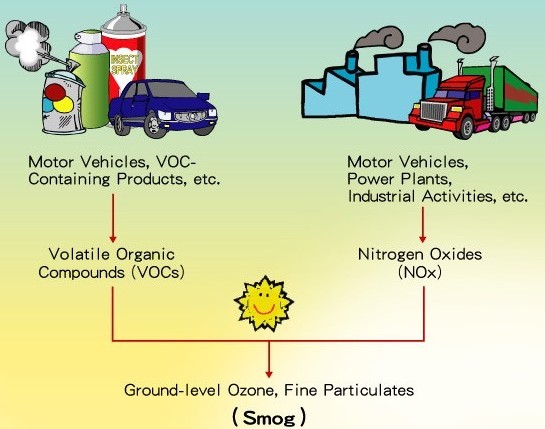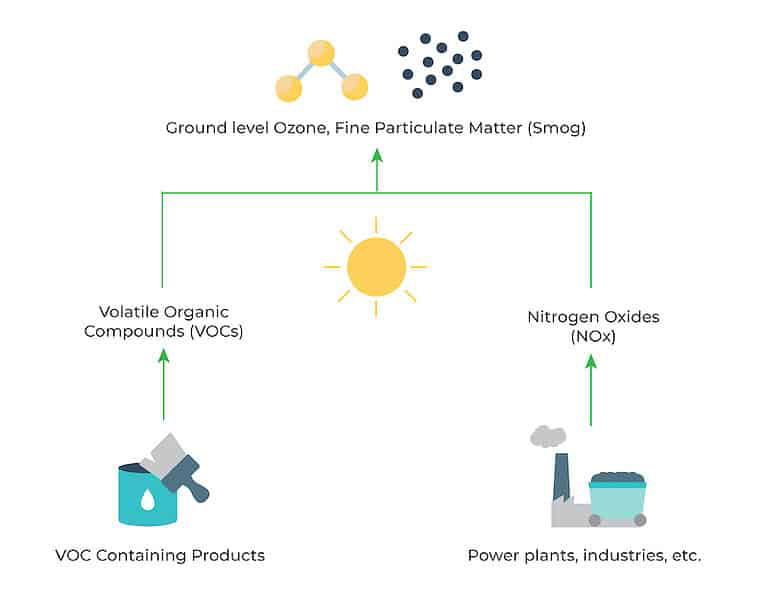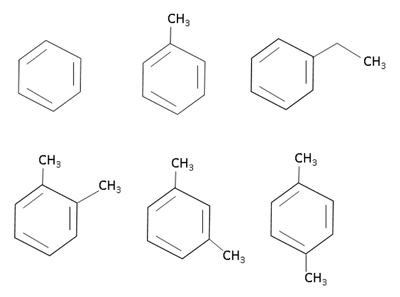Four Ways to Identify Volatile Organic Compounds (VOC) Pollutants
By A Mystery Man Writer
Description
One way of detecting VOCs in your home is the use of indoor air quality monitors. Air quality monitors are devices that are used to track the quality of air in a home. These devices can report on a number of Air Quality Measurements like Particulate Matter (PM : PM1.0, PM2.5, PM10), Volatile Organic Compounds (VOC), Indoor Air Formaldehyde (HCHO), Real-time Air Quality Index (AQI), Humidity, Temperature and more

Volatile Organic Compounds and Smog

TVOC monitoring Know about Total Volatile Organic Compounds
ACP - Characterization of ambient volatile organic compounds

Health Risk-Oriented Source Apportionment of Hazardous Volatile

Volatile Organic Compounds (VOCs) & Things Building Occupants

Volatile Organic Compounds (VOCs) in Air: Harnessing Environmental
How To Improve Basement Air Quality - HouseFresh

Understanding TVOC: What You Need To Know About Volatile Organic

Volatile Organic Compounds in Air: Sources, Distribution, Exposure
from
per adult (price varies by group size)







